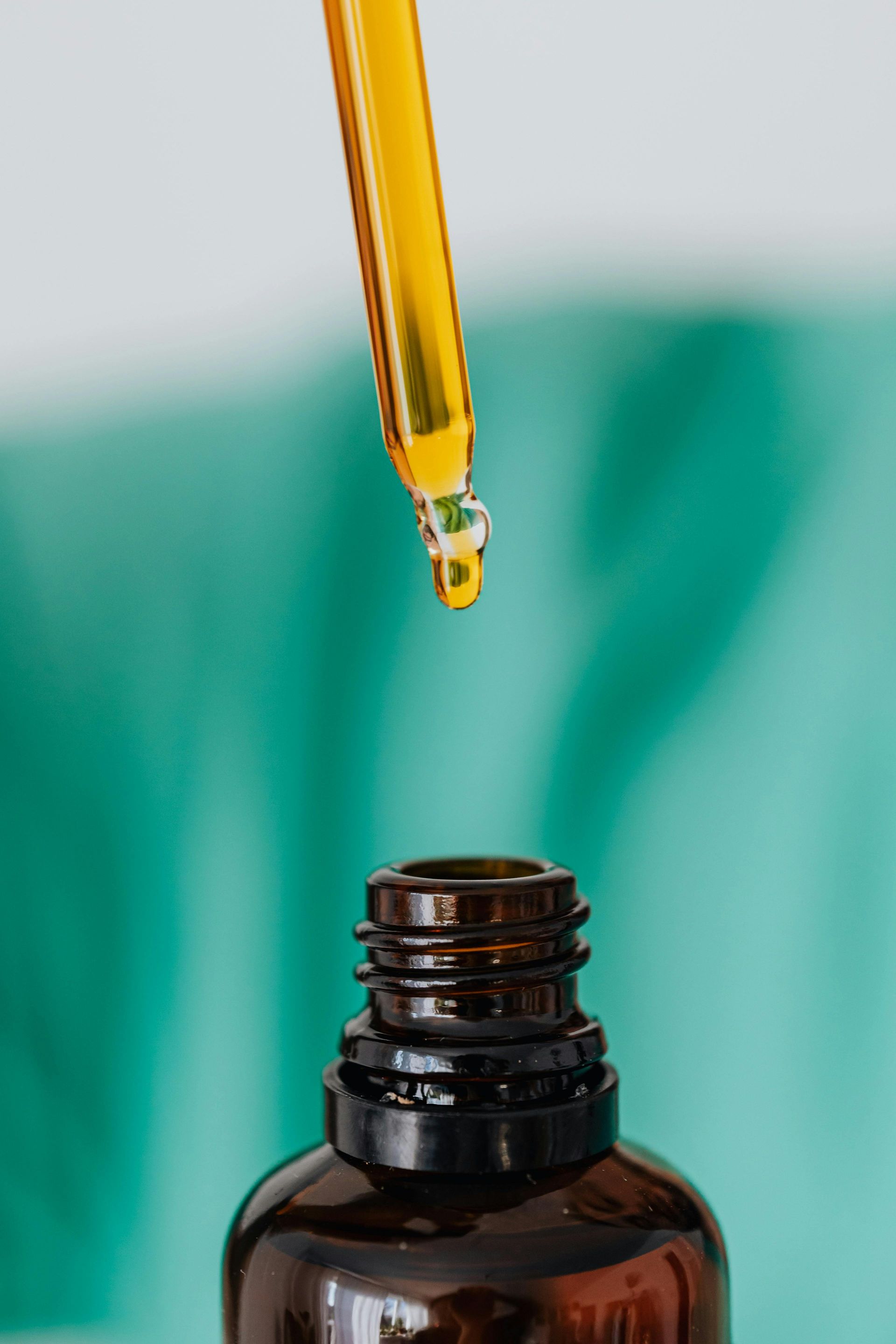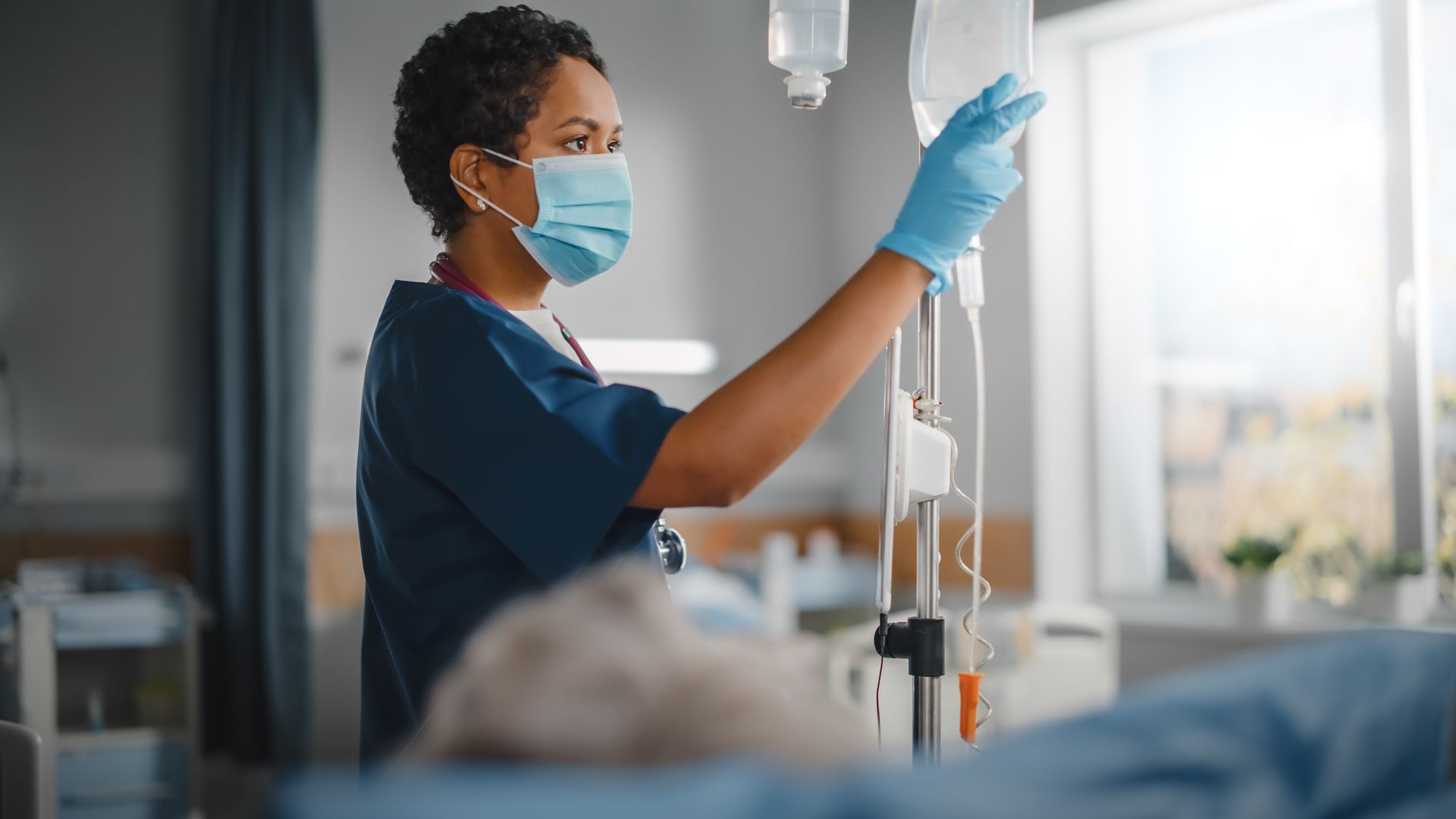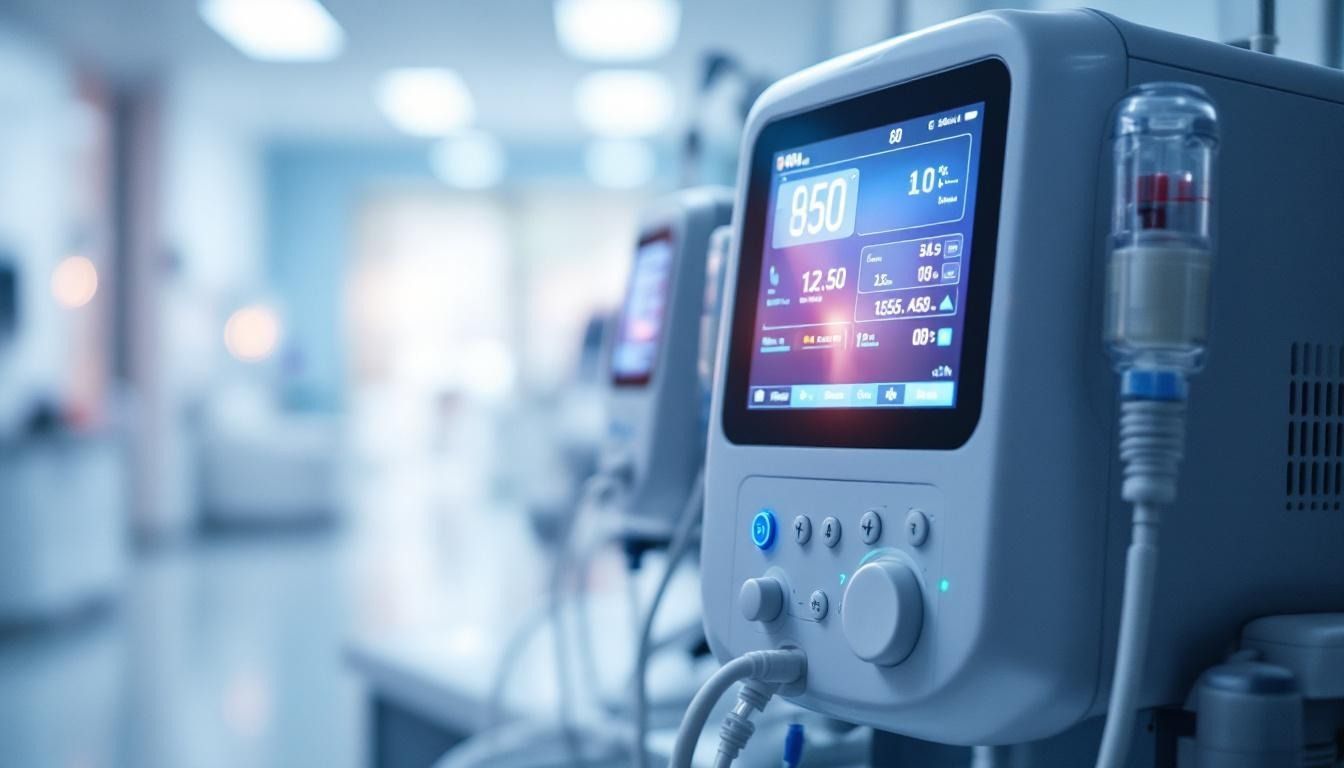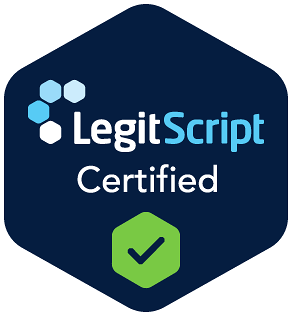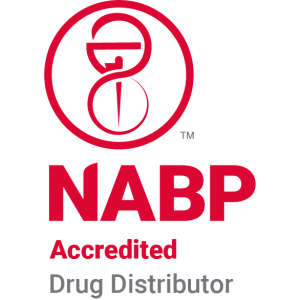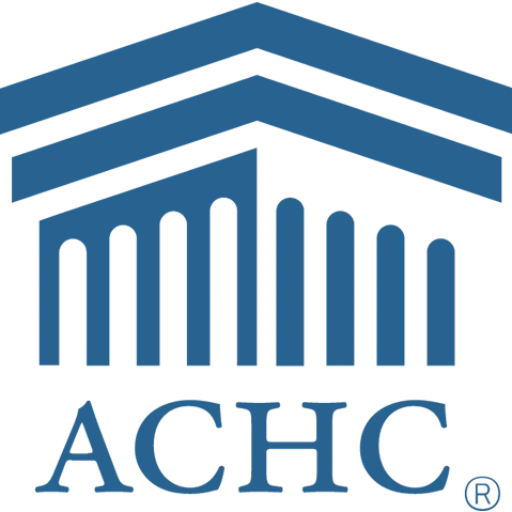Strategies for Reducing Complications in Parenteral Nutrition Patients
Introduction to Parenteral Nutrition and Its Complications
Parenteral nutrition (PN) is a lifesaving therapy used when the gastrointestinal tract cannot be used for adequate nutrition. However, it carries risks of various complications, including infections, metabolic disturbances, and liver issues. Implementing effective strategies to prevent, monitor, and manage these complications is essential in improving patient outcomes. This review provides an evidence-based overview of best practices for safety and complication reduction in hospitalized PN patients.
Preventing Infections in Parenteral Nutrition Patients
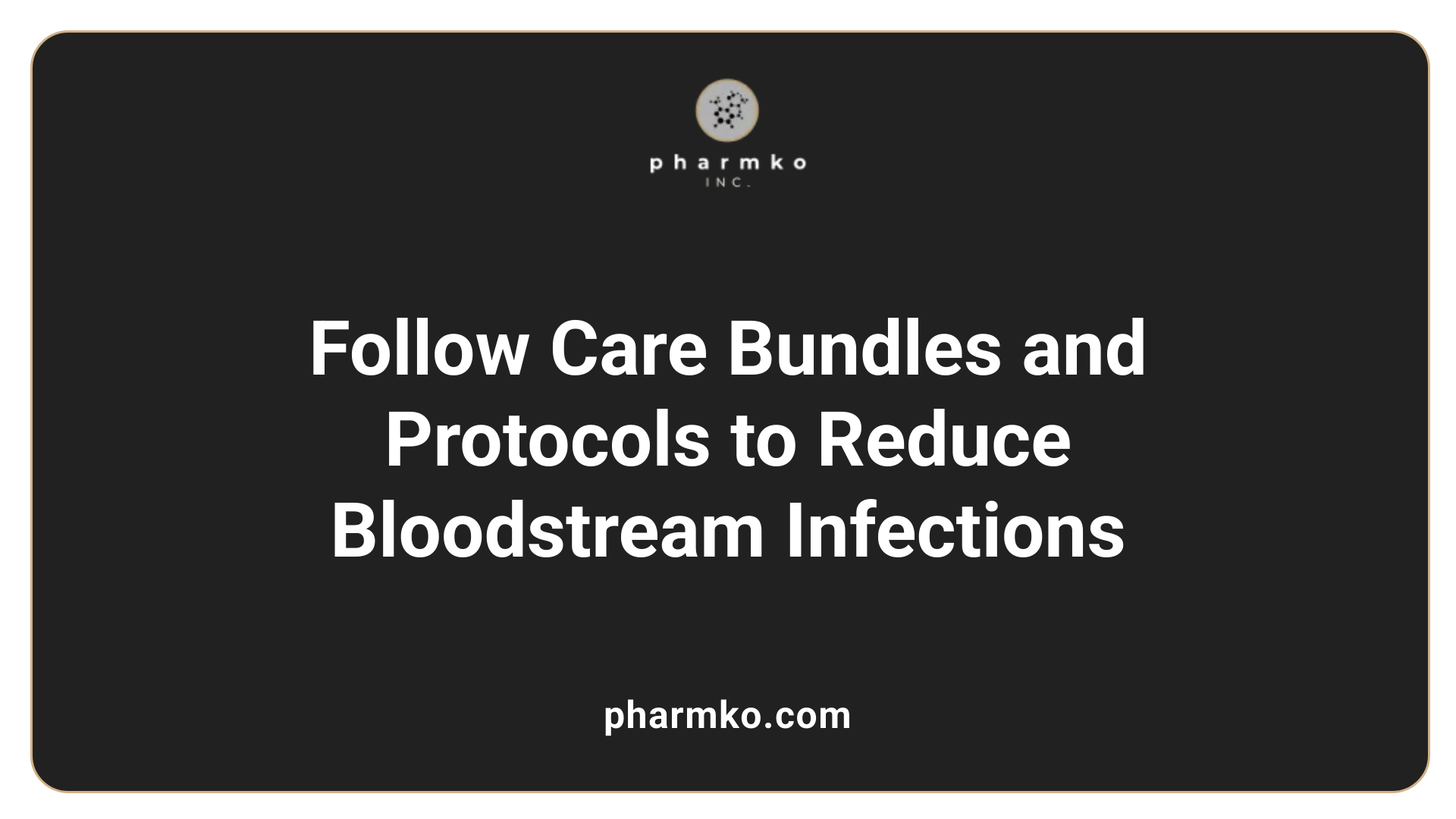
What are the strategies for preventing infections in patients receiving parenteral nutrition?
Infection prevention is a cornerstone of safe parenteral nutrition (PN) management. Several practices are essential to minimize the risk of bloodstream infections and catheter-related complications.
First, strict aseptic technique during line insertion and maintenance is vital. This involves meticulous hand hygiene, the use of sterile gloves, and proper skin disinfection with agents like chlorhexidine before catheter placement. Insertion should ideally be performed by specialists using ultrasound guidance and choosing the subclavian vein as the preferred site to reduce infection risks.
Once the catheter is in place, routine site monitoring is crucial. Visual inspection for redness, swelling, or discharge can detect early signs of infection. Regular dressing changes, using sterile equipment, and disinfecting the access ports with chlorhexidine in alcohol when connecting or disassembling the line help prevent microbial contamination.
Proper handling of catheter hubs is another key aspect. Cleaning hubs with chlorhexidine, and using sterile techniques when accessing fluid lines, can significantly decrease the chance of bacteria entering the bloodstream.
Staff and caregiver education also play a critical role. Teaching proper hygiene, signs of infection, and protocol adherence ensures ongoing vigilance. Patients and caregivers should understand how to care for the catheter site, the importance of handwashing, and when to seek medical attention.
Choosing appropriate vascular access sites, such as the subclavian or internal jugular veins, and minimizing the number of insertion attempts further reduces infection risks. Using dedicated lumens and limiting access frequency can also help.
In addition to these measures, adherence to bundle protocols endorsed by organizations like the Institute for Healthcare Improvement (IHI) has proven effective. These bundles include hand hygiene, full barrier precautions during insertion, chlorhexidine skin antisepsis, and daily review of line necessity, with prompt removal of unnecessary lines.
Together, these strategies create a comprehensive approach that effectively reduces infection rates and enhances patient safety during PN therapy.
Best Practices for Monitoring and Early Detection of PN Complications
What are the best practices for the monitoring and early detection of parenteral nutrition complications?
Effective management of patients receiving parenteral nutrition (PN) hinges on vigilant monitoring and prompt identification of potential complications. Regular clinical assessments are vital, including daily vital signs and close observation for signs of infection, mechanical issues with vascular lines, or metabolic disturbances.
Laboratory testing forms the backbone of early detection strategies. These tests should focus on electrolytes such as phosphate, potassium, and magnesium to catch refeeding syndrome or electrolyte imbalances early. Blood glucose levels need frequent monitoring, typically every 6 hours initially, to prevent hyperglycemia. Serum triglycerides should also be checked periodically, especially if lipid infusion rates are adjusted.
Liver function tests are essential for identifying PN-associated liver disease, while assessments of bone markers and vitamin levels help prevent long-term metabolic bone disease.
Utilizing standardized screening tools like NRS-2002 or NUTRIC provides a systematic approach to identify at-risk patients who require intensified surveillance. Protocols for line care, including chlorhexidine disinfection, sterile handling, and ultrasound-guided insertion, minimize mechanical complications and infections.
An interdisciplinary team—comprising physicians, nurses, dietitians, and pharmacists—is crucial for coordinated care. Regular review of the patient’s clinical status, combined with laboratory data, allows for early intervention, whether adjusting infusion rates, modifying nutrient composition, or initiating treatment for detected issues.
Finally, employing electronic health records and alert systems can facilitate continuous tracking of critical parameters, ensuring that potential problems are highlighted for immediate attention. This integrated approach ensures safety, reduces complications, and improves patient outcomes in PN therapy.
Evidence-Based Guidelines for Managing Line-Related Issues
What evidence-based guidelines exist for managing and preventing line-related issues in parenteral nutrition?
Effective management of vascular access lines is crucial in minimizing complications such as infections, thrombosis, and mechanical issues in patients receiving parenteral nutrition (PN). Evidence-based guidelines emphasize strict aseptic techniques, careful site selection, and comprehensive staff training.
During catheter insertion, the use of maximal sterile barrier precautions, including sterile drapes, gloves, mask, cap, and gown, significantly reduces infection risk. The preferred insertion site in most cases is the subclavian vein due to its lower infection rates compared to other sites, provided there are no contraindications. Prior to insertion, the skin should be disinfected with chlorhexidine in alcohol, and ultrasound guidance should be utilized to improve placement accuracy and reduce mechanical complications.
Once the line is in place, maintaining it involves the use of sterile barriers and securement devices, such as sutureless securement dressings, to prevent movement and dislodgement. Proper dressing protocols, including routine changes and disinfection of catheter hubs with chlorhexidine, are vital.
Staff training plays a vital role. Regular education and competency assessments ensure personnel are familiar with infection prevention strategies, including hand hygiene and proper line handling. Implementing care bundles—sets of evidence-based practices—has been shown to significantly decrease bloodstream infection rates.
In cases of recurrent infections, the use of antimicrobial or antiseptic lock solutions, such as ethanol or antibiotic-based formulations, can be effective. Timely removal of lines that are no longer necessary or infected minimizes ongoing risk.
Selection of the optimal insertion site, with the subclavian vein as the preferred option, combined with proper securement and dressing protocols, supports safe vascular access. Continued adherence to guidelines from organizations like the American Society for Parenteral and Enteral Nutrition (ASPEN), along with ongoing quality improvement initiatives, is essential.
Overall, a multidisciplinary team approach — involving physicians, nurses, and infection control specialists — enhances outcomes by ensuring protocols are followed, complications are minimized, and patient safety is prioritized.
Minimizing and Managing Metabolic Complications of PN
How can metabolic complications associated with parenteral nutrition be minimized?
Metabolic disturbances are common challenges in patients receiving parenteral nutrition (PN), but they can be effectively minimized through comprehensive monitoring and tailored management strategies.
Regular blood tests including serum electrolytes, liver function tests, and triglyceride levels are vital. These labs help detect early signs of complications such as hypophosphatemia, hyperglycemia, or liver dysfunction.
An interdisciplinary team approach ensures active adjustments to TPN formulations based on the latest lab results, clinical status, and individual needs of the patient. This teamwork facilitates timely modifications, reducing the risk of electrolyte imbalances, fatty liver, and hyperglycemia.
Preventing overfeeding, especially excess dextrose and lipids, is crucial. Careful calculation of caloric needs ensures delivery does not exceed metabolic capacity, lowering the chance of hyperglycemia and hepatic steatosis.
Implementing precise nutrient balancing by individualizing prescriptions based on patient weight, condition, and laboratory data can optimize nutritional support while preventing complications.
Special attention should be given to high-risk patients for refeeding syndrome. Careful initiation with conservative energy and electrolyte repletion can avert severe metabolic shifts.
Managing hyperglycemia with insulin therapy is often necessary when blood glucose levels rise, aiming for targets below 180 mg/dL to avoid complications.
Limiting lipid infusion rates, usually to no more than 1 g/kg/day, helps prevent hypertriglyceridemia. When triglycerides exceed 400 mg/dL, temporarily reducing lipids or extending infusion time is recommended.
Finally, cycling PN—administering it intermittently rather than continuously—can support liver health by giving the liver periods of rest, helping to prevent cholestasis and fatty liver.
Incorporating these strategies ensures a balanced approach to PN, minimizes metabolic disruptions, and promotes safer patient outcomes.
Safe Techniques for Parenteral Nutrition Administration
What are the safe techniques for administration of parenteral nutrition?
Administering parenteral nutrition (PN) safely requires strict adherence to aseptic and sterile procedures. This minimizes the risk of infections, particularly bloodstream infections related to vascular access.
Proper hand hygiene is the first step. Healthcare providers should wash hands thoroughly with soap and water or use an alcohol-based hand sanitizer before handling PN solutions or catheter components. Surface disinfection of the preparation and connection sites with chlorhexidine or another effective antiseptic is essential.
Verification of the PN bag and solution integrity is crucial. Staff must ensure that the correct patient-specific formulation is used, check the expiration date, and confirm there are no precipitates or discoloration that might indicate contamination or stability issues.
Using appropriate equipment like infusion pumps and sterile, multi-lumen tubing helps control flow rates accurately and reduces contamination risk. Connecting and disconnecting lines should be performed in a controlled, sterile environment, following hospital protocols.
Monitoring during infusion includes regular assessment of patient response, such as checking vital signs, blood glucose levels, and electrolyte balance. Blood glucose and electrolytes should be closely monitored, especially in critically ill patients, to detect and manage metabolic disturbances early.
Proper catheter handling includes strict aseptic techniques during site disinfection, dressing changes, and line access. Using ultrasound guidance during insertion and choosing the optimal site, such as the subclavian vein, can reduce insertion-related complications.
At the end of therapy or when line access is no longer needed, protocols for safe disconnection and disposal of line components and supplies should be followed. Proper disposal prevents environmental contamination and protects healthcare workers.
Implementing these practices helps ensure that parenteral nutrition is delivered safely and effectively, reducing complications and improving patient outcomes.
Strategies to Reduce Liver-Related Complications
Monitoring liver function tests regularly is fundamental in preventing long-term hepatic issues associated with parenteral nutrition (PN). Routine assessment allows early detection of liver dysfunction signs, such as elevated liver enzymes or cholestasis, facilitating timely adjustments in PN composition.
Adjusting the lipid composition and infusion rates is another effective approach. Limiting total lipid dose to ≤1 g/kg/day in critically ill patients reduces fatty infiltration of the liver. Incorporating alternative lipid emulsions that are enriched with olive oil, fish oil, or medium-chain triglycerides (MCTs) instead of traditional soybean oil-based emulsions can help prevent PN-associated liver disease.
Using options like olive oil or fish oil-based emulsions offers anti-inflammatory benefits and improved lipid profiles, which may further support liver health. Cycling PN—initiating short periods of fasting by turning off or reducing PN infusions during certain times—can decrease hepatic fat accumulation and cholestasis.
Providing enteral nutrition (EN) when the gastrointestinal tract is functional offers additional advantages. EN stimulates the gut, promotes bile flow, and supports liver function, mitigating some of the hepatic complications of PN.
Tailoring caloric and protein intake to avoid overfeeding is crucial. Excess caloric intake, especially from carbohydrates and lipids, promotes hepatic steatosis. Therefore, careful calculation and continuous monitoring guide appropriate nutrient delivery.
Maximizing early use of EN supports gut integrity, enhances immune function, and decreases reliance on PN, which in turn reduces the burden on the liver.
A comprehensive approach combining regular liver function monitoring, nutritional adjustments, and early EN integration provides the best strategy to reduce liver-related adverse effects in patients on long-term PN.
Improving Outcomes Through Multidisciplinary Care and Protocol Implementation
What is the role of the multidisciplinary team: doctors, nurses, dietitians, pharmacists?
A well-coordinated team comprising physicians, nurses, dietitians, and pharmacists is vital for safe and effective parenteral nutrition (PN). Doctors assess the patient's clinical needs and oversee overall treatment plans. Nurses are responsible for line care, infusion management, and early detection of complications. Dietitians evaluate nutritional requirements, design individualized PN formulations, and monitor nutritional status. Pharmacists ensure proper formulation, stability, compatibility, and adjust medications as needed. Together, they facilitate comprehensive management, prevent complications, and ensure timely interventions.
How do standardized protocols and checklists enhance PN safety?
Implementing standardized protocols and checklists helps streamline PN practices, ensuring consistency and completeness in line insertion, care, and infusion. Checklists act as safety nets, reducing errors such as mislabeling, contamination, or improper line handling. Protocols based on evidence-based guidelines improve adherence to aseptic techniques, appropriate drug compatibility, and nutritional adequacy, thereby decreasing infection rates, metabolic disturbances, and mechanical complications.
What is the importance of clinical pathways and care bundles?
Clinical pathways and care bundles integrate essential PN practices into a systematic approach. These tools promote adherence to best practices like aseptic insertion techniques, routine line maintenance, glucose monitoring, and early detection of metabolic issues. Care bundles have been shown to significantly reduce central line-associated bloodstream infections (CLABSI), optimize resource use, and improve patient safety by fostering consistency across healthcare providers.
Why is training and competency assessment crucial for healthcare staff?
Regular training updates and competency assessments ensure that staff remain proficient in PN procedures, infection control measures, and complication management. Skilled staff are better equipped to execute protocols accurately, recognize early signs of adverse effects, and respond effectively, which collectively enhances patient outcomes and minimizes preventable errors.
How do regular audits and quality improvement initiatives contribute?
Routine audits evaluate adherence to protocols, identify areas of non-compliance, and track complication rates. Data from these audits inform targeted quality improvement (QI) initiatives, fostering a culture of safety. QI efforts lead to protocol refinement, education reinforcement, and implementation of innovative practices that sustain high standards of PN care.
What is the role of electronic health records (EHRs) in monitoring and documentation?
Electronic health records facilitate meticulous documentation of nutritional assessments, infusion details, laboratory results, and complications. EHR alerts support timely monitoring of metabolic parameters and adherence to monitoring schedules. Smart documentation enhances communication among team members, reduces errors, and provides data for ongoing quality assessments.
How important is communication among care providers and with patients?
Open, continuous communication among all healthcare team members ensures coordinated care, early issue detection, and prompt response to complications. Engaging patients and families fosters understanding of PN goals, enhances compliance, and allows for shared decision-making, ultimately leading to better outcomes.
Conclusion: Implementing a Comprehensive Strategy for Safe Parenteral Nutrition
Reducing complications in parenteral nutrition requires a comprehensive, multidisciplinary approach that emphasizes strict adherence to infection control measures, vigilant monitoring, individualized nutrition planning, and patient education. Utilizing evidence-based guidelines and quality improvement initiatives such as care bundles and standardized protocols can significantly decrease infection rates, metabolic disturbances, and liver complications. Ensuring clinician competency and fostering effective communication among healthcare providers promote early detection and prompt management of adverse events. Ultimately, integrating these strategies enhances safety, improves clinical outcomes, and sustains optimal recovery for hospitalized patients receiving PN.
References
- Prevention of complications for hospitalized patients receiving ...
- Quality improvement initiative to reduce adverse effects associated ...
- Management of long‐term home parenteral nutrition: Historical ...
- Parenteral Nutrition Risks, Complications, and Management
- Complication Management - BAPEN
- Total parenteral nutrition: how to reduce the risks | Nursing Times
- [PDF] The Hitchhiker's Guide to Parenteral Nutrition Management for Adult ...
- Parenteral Nutrition Therapy: - ASPEN
- Management of parenteral nutrition in critically ill patients
- Nutrition-related risks and complications of parenteral nutrition



